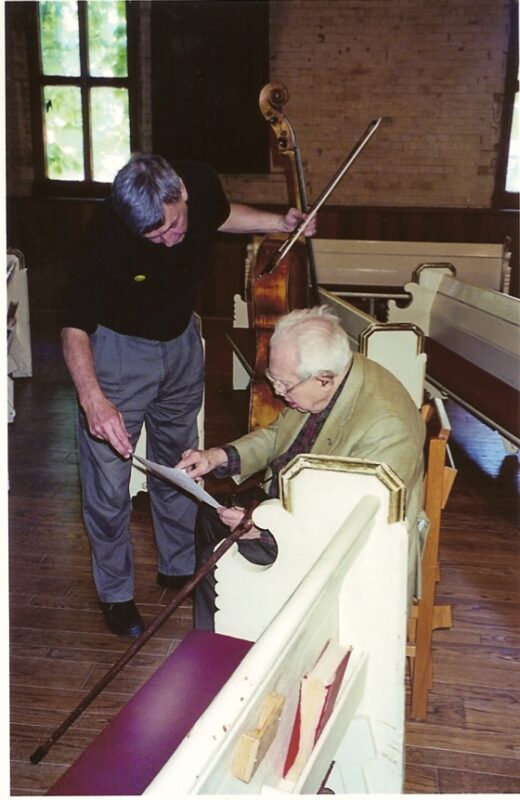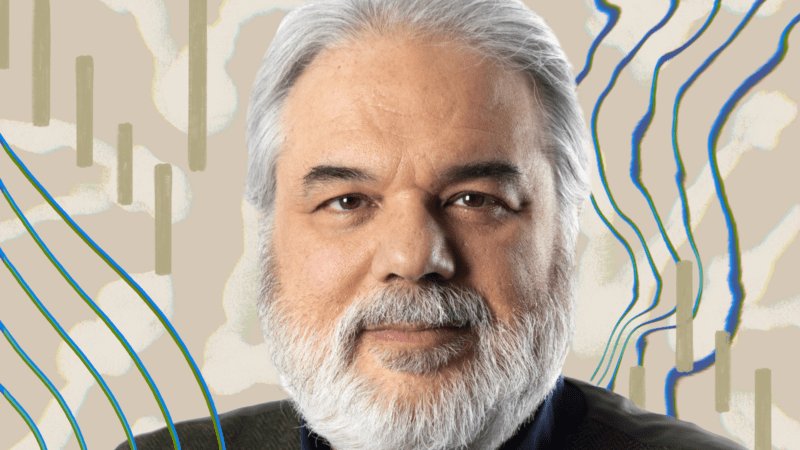
Cellist David Hetherington
One of the most important pieces in my journey through the world of New Music would have to be Berio’s Sequenza XIVa for Solo Cello. This was the last major work Berio completed, and it was published in 2002 shortly before he died. The piece caught my attention because it was written for Sri Lankan cellist and original member of the Arditti String Quartet, Rohan de Saram. Berio incorporates a short rhythmic pattern from traditional Kandyan drumming that Rohan transcribed for him, and mimics the sound by having the cellist play notes with the left hand in combinations of hammer-ons and slides, and drum on the body of the cello with the right hand to mimic the sound of the drum (check out an example of Kandyan drumming below).
This piece was the first “meaty” New Music piece I worked on, and opened up many doors for me in terms of understanding the unique sonic language it can present. Learning to identify phrases in this piece was integral in being able to comprehend the architecture of the more complicated scores I would perform. I performed this work on my first Master’s recital, and have since performed it many more times. Each time I perform it I notice new nuances in the score and in my own playing, and the piece always feels fresh, as if it is constantly evolving.




